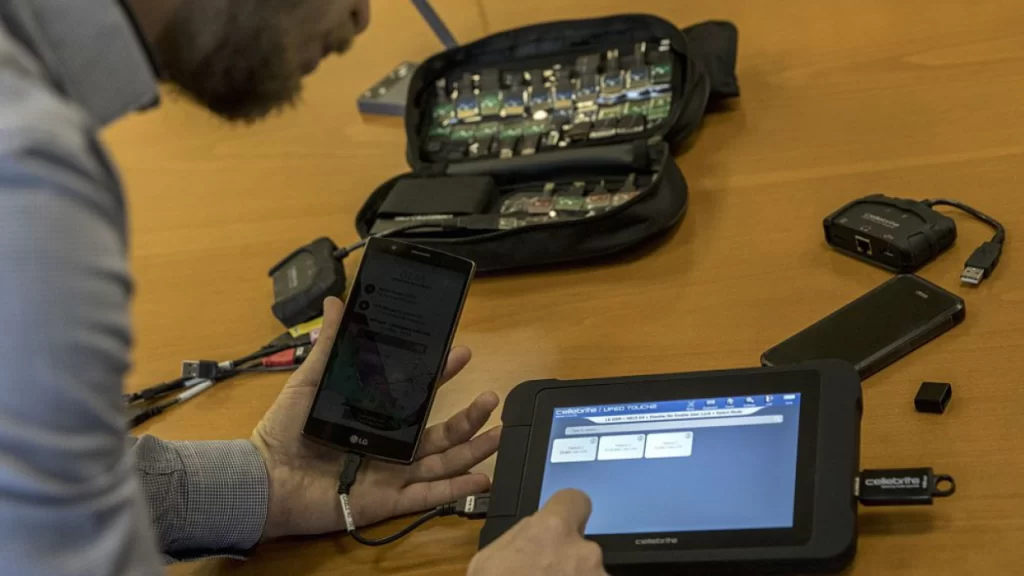The intersection of phone phreaking and hacking has significantly influenced modern cybersecurity, highlighting an intriguing evolution of techniques and philosophies from the early days of telecommunications to today’s sophisticated digital environment. Phone phreaking, which emerged involved exploiting the analog telephone system to make free calls or gain unauthorized access to network resources. Phreakers, the pioneers of this subculture, discovered that by manipulating the phone system’s signaling tones, they could bypass billing systems and access restricted networks. This practice not only challenged the telecommunications infrastructure but also set the stage for the hacker ethos that would later permeate the digital world. Phreaking’s impact on cybersecurity is evident in several ways. First, it introduced the concept of exploring and manipulating systems for personal gain or intellectual challenge, a mindset that transitioned smoothly into the realm of computing. Early hackers, inspired by the ingenuity of phreakers, applied similar principles to computer systems, developing techniques to exploit software vulnerabilities, access unauthorized data, and manipulate digital infrastructures.

The ethos of phreaking, characterized by curiosity and technical prowess, became foundational to the hacker culture, which valued problem-solving and boundary-pushing. Moreover, the techniques and philosophies from phone phreaking contributed to the development of modern cybersecurity practices. The exploration of system vulnerabilities by phreakers illustrated the potential risks associated with unsecured communication channels, prompting telecommunication companies and eventually cybersecurity professionals to develop more robust security measures. This evolution is reflected in the continuous advancements in encryption technologies, intrusion detection systems, and cybersecurity protocols designed to protect against unauthorized access and data breaches. The legacy of phone phreaking also underscores the importance of understanding the adversarial mindset in cybersecurity. Phreakers’ ability to think outside conventional boundaries and innovate in the face of restrictive systems highlighted the need for proactive security measures and the anticipation of potential threats. This awareness has shaped modern cybersecurity strategies, emphasizing not only the implementation of defensive technologies but also the need for ongoing vigilance and adaptation to emerging threats.
In addition, the transition from phone phreaking history to hacking and cybersecurity illustrates a broader cultural shift from a focus on individual exploration to organized, systematic approaches to security. While phreaking often involved individual or small-group activities, modern cybersecurity is characterized by large-scale efforts involving government agencies, corporations, and international organizations working collaboratively to address complex security challenges. The evolution from these early practices to contemporary cybersecurity reflects a growing recognition of the need for comprehensive strategies to protect critical infrastructure and sensitive information in an increasingly interconnected world. In conclusion, the intersection of phone phreaking and hacking has profoundly influenced modern cybersecurity by shaping the methodologies, philosophies, and cultural attitudes towards system security. The legacy of phreaking, with its innovative spirit and challenge to established systems, continues to resonate in today’s cybersecurity practices, highlighting the ongoing importance of creativity, vigilance, and adaptation in the face of evolving threats.



